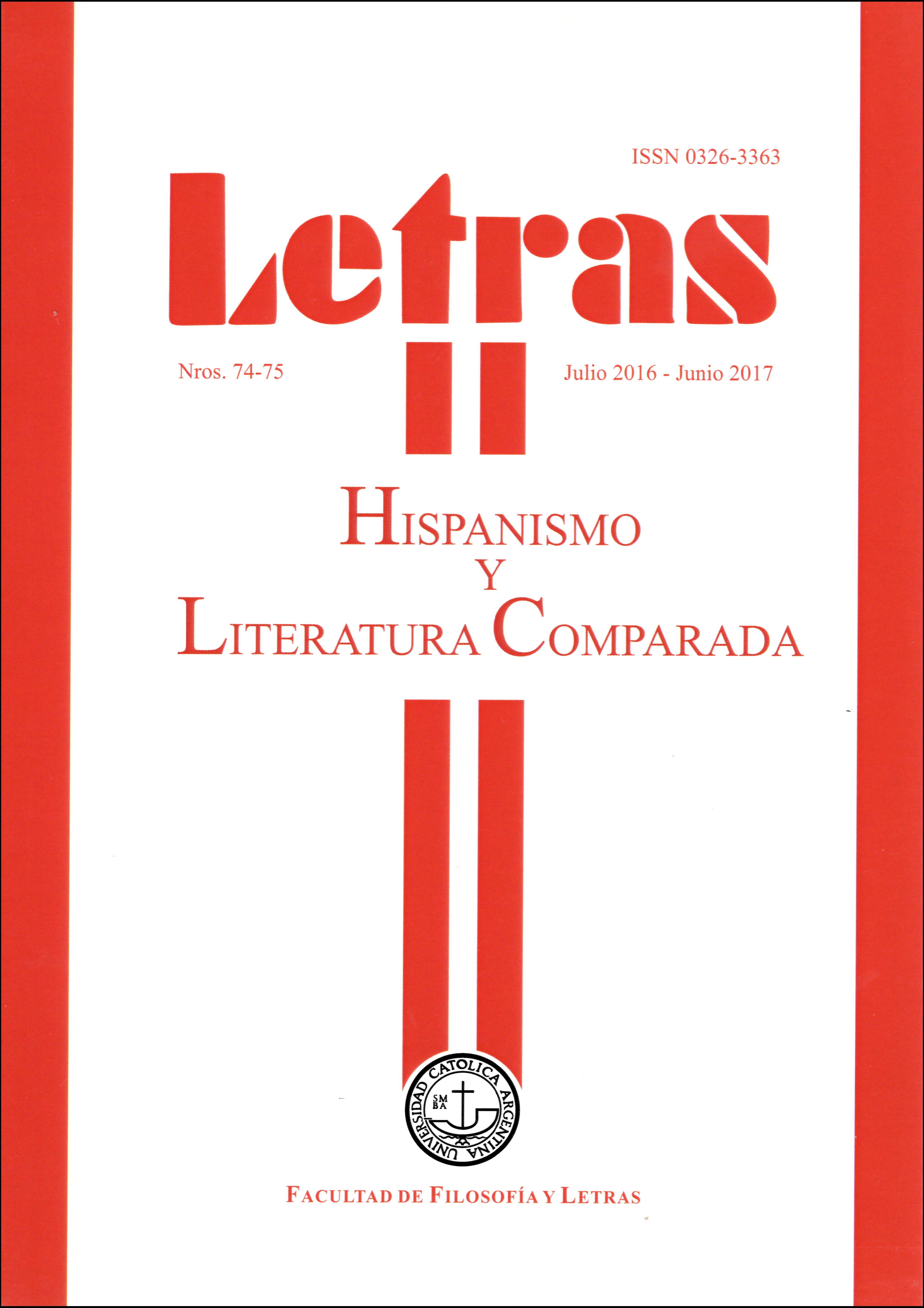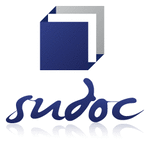La épica medieval en el neoclasicismo americano : apuntes para un dramatismo visual
Palabras clave:
Épica, Neoclasicismo, Poema, Descripción, Aguirre CarboResumen
Hablar del siglo XVIII significa hablar de Neoclasicismo, sin embargo, esta apreciación resulta escasa cuando se trata del mundo colonial novohispano ya que muchos artistas se apropiaron de manera independiente de elementos estilísticos que no siempre se correspondían con las ideas y estéticas vigentes. Ejemplo de ello es el poeta ecuatoriano Juan Bautista Aguirre y Carbo quien en plena Ilustración deja de lado la propuesta Racionalista y escribe poesía con un marcado tono épico. Este autor es un religioso que perteneció a un grupo electo de hombres dedicados a las Letras, por lo cual manejaron la escritura conjugando símbolos y produciendo mensajes que resultaban influyentes en sus respectivas sociedades coloniales marcadas por la subordinación cultural a la metrópoli. Con lo cual mediante el modelo cultural que, no solamente, construyeron sino que también supieron imponer, recolocaron en la sociedad colonial lecturas con temáticas, simbología y figuras religiosas en un mundo que había empezado a distanciarse de la fe. El extenso poema "Rasgo épico a la concepción de Nuestra Señora" retoma el Libro del Apocalipsis y reconstruye la escena del encuentro de María, el Dragón y Arcángel Miguel en una batalla épica en la que aparecen figuras heroicas guiadas por una profunda fe. Un marcado lirismo centrado en la figura femenina, radiante y bella de la Virgen que se enfrenta a la fuerza oscura que termina deshaciéndose en un dinamismo bestial constituye el componente épico del poema.Descargas
Descargas
Publicado
16-04-2019
Cómo citar
Pezzuto, M. N. (2019). La épica medieval en el neoclasicismo americano : apuntes para un dramatismo visual. Letras, (74-75), 123–134. Recuperado a partir de http://200.16.86.39/index.php/LET/article/view/1700
Número
Sección
Artículos
Licencia
















